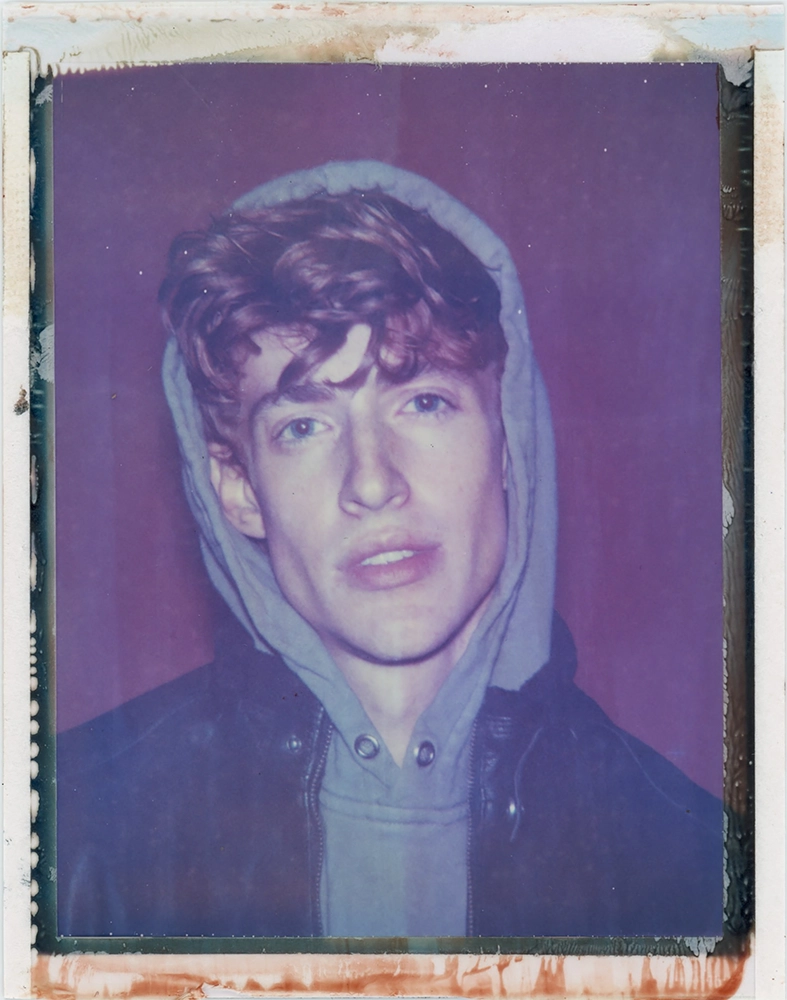I was born and raised in Las Vegas; ever since I can remember, my parents would get my twin brother and I cameras, and they always pushed us to be creative. We just fell in love with it. We grew up making movies, doing photoshoots, and creating stuff with our friends. Living in a vibrant and cinematic city, storytelling grew into this passion that both of us had for visual art, which has guided us throughout our entire life. As I continued to get older, photography grew more and more personal to me. My eye for photography truly stemmed from my twin brother. I am completely self taught. I never took any photography or editing classes.
Since moving to New York City two years ago at 21 years old, my fuel of inspiration has been endless. My true goal with photography at this point in my life is to perfect my craft. My eye has developed based on experience, inspiration, and studying. In the past two years I’ve participated in group exhibitions in Paris, New York, and most recently pieces from my photographic series “I.D.” were shown in Venice, Italy during Venice Biennale. I plan to continue to develop my skill set and storytelling abilities with photography in New York City.
